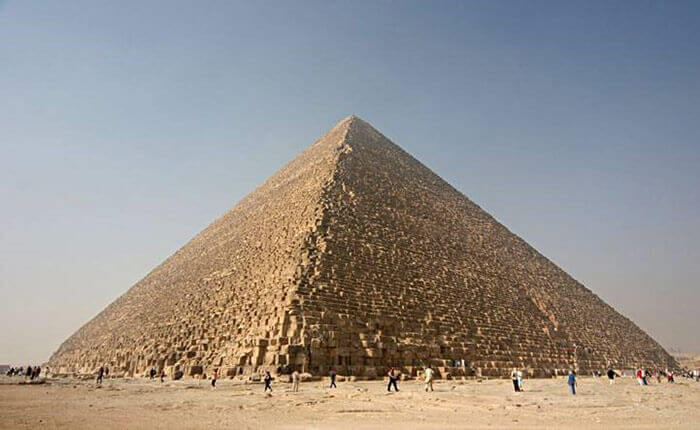| The Economics of Immortality | |
Egyptian civilization did not develop an economic surplus for the sake of biological survival. Their productive energies were devoted to the creation and maintenance of monumental tombs dedicated to the proposition that some human beings could live eternally. Building elaborate tombs, David Macauley explains, spanned the history of ancient Egypt, a history dominated by the belief that the god-king—if properly cared for—could live forever. Macauley puts the following words into the mouth of Pharaoh Khufu: “I’ll build the greatest pyramid of all. So that no one can doubt the power and glory of the King of Egypt—from now until the end of time.” Khufu’s pyramid consisted of 2.3 million limestone blocks, averaging 2.5 tons each. Quarrying the stones, transporting them to the pyramid site, and putting them into place required the labor of tens of thousands of men working for 20 years. Egyptians devoted their lives to building these monumental structures, whose purpose was to house a man in a tomb so that he could flourish in his “second life.” Refuting the notion that the motive of economic life is utilitarian egoism, Norman O. Brown argues that the compulsion to work to produce a surplus is self-sacrificial: “The gods exist to receive gifts.” The ambition of civilized man, Brown says, is “revealed in the pyramid.” In the pyramid reposes the dream of immortality. Death is overcome insofar as the reality of life passes into these “immortal and dead things.” It was for biological survival that Egyptian civilization developed. Egyptians sought to overcome or transcend the fate of animals. Based on the fertility of the Nile, Egyptians produced an economic surplus to become who they were: a civilization devoting its resources toward building and maintaining “immortal and dead things.” |
